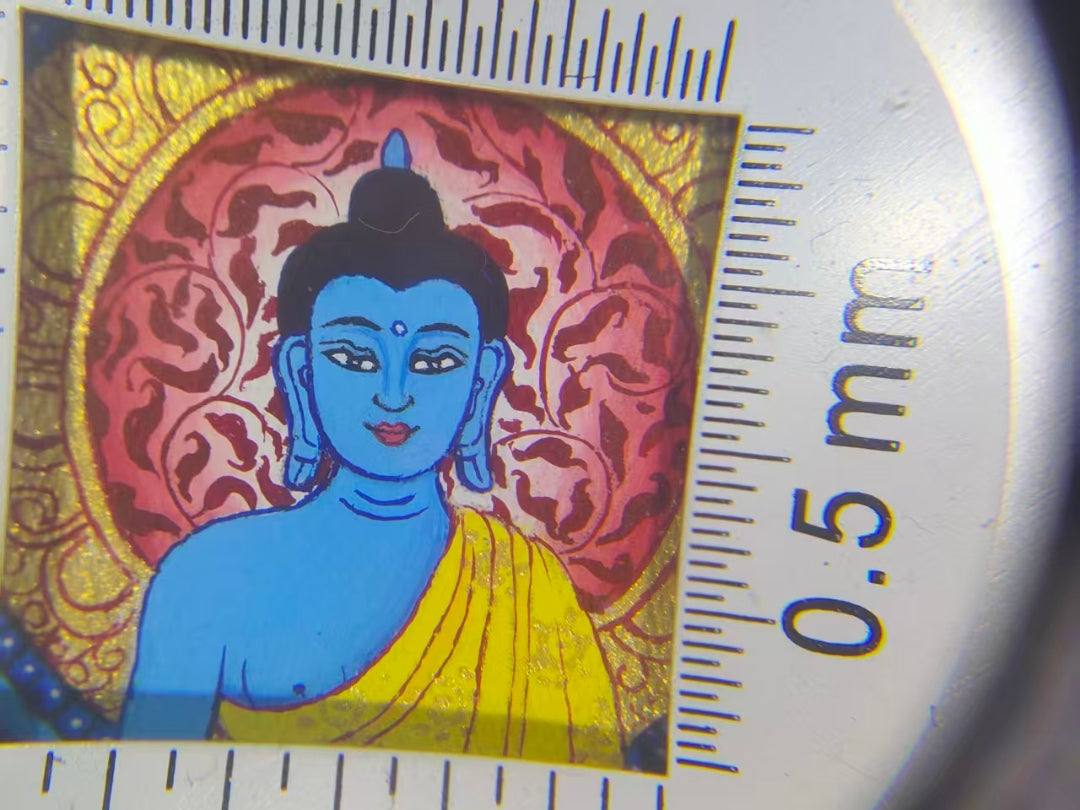Tibetan silver jewelry carries more than shine — it holds generations of craft, blessing, and memory. From hand-chased cuffs to deity pendants worn close to the heart, every piece tells a story that deepens with time. Caring for these treasures isn’t just about keeping them clean; it’s about preserving their character. Here’s how to care for your Tibetan silver pieces without erasing the marks of their journey.
1. Understanding Patina: The Beauty of Time
If you’ve ever noticed your pendant darkening or your bracelet taking on a warm tone, that’s patina — a natural layer that forms as silver reacts with air and skin oils.
In Western jewelry care, people often rush to polish it away. But in Tibetan culture, patina is more than “tarnish.” It’s a soft record of use — a symbol of continuity and devotion. Monks often prefer a mellow glow over mirror shine, believing that the piece’s true energy builds with age.
So before reaching for a polishing cloth, pause and ask: Does this piece look richer with its history visible? If yes, leave it be. Preserving patina honors the hands that made and wore it before you.
2. When and How to Clean Gently
Of course, not every layer of darkening is meaningful. Dirt, oils, and environmental residue can dull detail or irritate the skin. The key is gentle cleaning that respects the material.
Simple cleaning recipe:
Mix a few drops of mild dish soap in warm water. Dip a soft cotton cloth or a baby toothbrush, gently clean the surface, and rinse with clean water. Pat dry with a soft towel — never rub aggressively.
Avoid chemical dips or ultrasonic cleaners. Many Tibetan pieces mix silver with brass, copper, or gemstone inlays, and harsh solutions can damage these materials permanently.
If your jewelry has turquoise or coral, keep them away from prolonged soaking — these stones are porous and can lose color.
3. Storage and Handling Tips
How you store your silver matters just as much as how you wear it.
-
Store each piece in a soft pouch or fabric-lined box.
-
Keep silica gel packets nearby to reduce humidity.
-
Avoid airtight plastic bags — silver needs a bit of breath to age gracefully.
-
Never store silver with costume jewelry; base metals can cause discoloration.
When you wear your jewelry, put it on after lotion or perfume — chemicals in cosmetics can dull both silver and stones.
4. Preserve or Repair? Knowing When to Intervene
It’s natural for handwoven chains to loosen or for solder points to darken with age. Repairing them isn’t just maintenance — it’s stewardship. But not every imperfection needs fixing.
If a crack threatens the structure, or if a clasp no longer closes securely, seek repair from an artisan familiar with Tibetan jewelry techniques. They’ll know how to match alloy tones and preserve symbolic engravings. Avoid standard jewelers who might buff away details in the name of “shine.”
Sometimes, a small imperfection — a scratch, a bend, a softened engraving — simply means the piece has lived. And that’s part of what makes it beautiful.
5. The Meaning Beneath the Metal
Caring for Tibetan silver jewelry is about relationship, not restoration. Each time you clean or handle a pendant, you’re engaging in a quiet ritual — a small act of mindfulness that keeps you connected to the maker, the land, and the lineage of the piece.
In a world obsessed with newness, there’s something deeply grounding about letting silver age with you.






